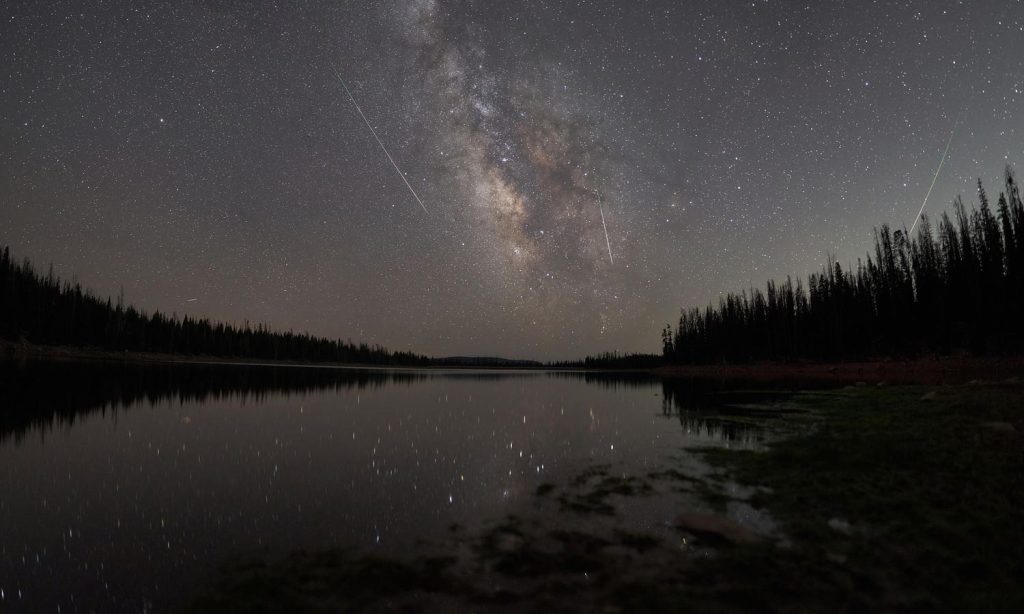The Eta Aquariids meteor shower, expected to be one of the best meteor showers of 2024, has officially started. This meteor shower will run from April 15 to May 27, with the peak occurring on the night of May 4-5. Although the American Meteor Society predicts a maximum of 50 shooting stars per hour, the average person can expect to see between 10 to 30 meteors per hour a few days before and after the peak night.
The Eta Aquariids are caused by debris and dust left in the solar system by the famous comet, 1P Halley. This meteor shower is one of the three that will peak in 2024 during a period with minimal moonlight, making it more challenging to observe. To get the best view of the Eta Aquariids, it is recommended to be in a dark location during the peak night.
For those interested in observing the meteor shower, the best time to view is around midnight when the constellation Aquarius is at its highest point in the sky. In the southern hemisphere, where Aquarius is even higher, individuals may witness more shooting stars during the Eta Aquariids. This year, the peak night of the meteor shower coincides with the absence of the moon, providing optimal conditions for viewing.
Photographing the Eta Aquariids can be a fun way to capture the beauty of the meteor shower. By using a DSLR or mirrorless camera with a wide-angle lens on a tripod, individuals can take a series of 30-second photos to potentially capture a bright shooting star. Adjusting the camera settings to suit the night sky and using continuous mode will increase the chances of capturing these fleeting moments.
To witness the Eta Aquariids, individuals do not need any special equipment; a dark location away from city lights is sufficient. Light pollution from street lights can affect visibility, so rural areas or International Dark Sky Parks are ideal locations for viewing. It is essential to allow your eyes to adjust to the darkness for at least 30 minutes to an hour to fully appreciate the meteor shower.
Meteor showers, such as the Eta Aquariids, are caused by Earth passing through the orbit of a comet or asteroid, resulting in small rock or dust particles burning up in the atmosphere. As the Eta Aquariids continue to illuminate the night sky, individuals are encouraged to find a clear viewing spot and enjoy the spectacle with wide eyes and clear skies.


